What animals have been to space? Animals have been an integral part of space exploration since the dawn of space travel. From the Soviet Union’s pioneering canine cosmonauts to the American space shuttle’s iconic shuttle-borne monkeys, animals have played a crucial role in space exploration. Here are 10 of the most interesting animals that have been sent into the great unknown.
10- Fish
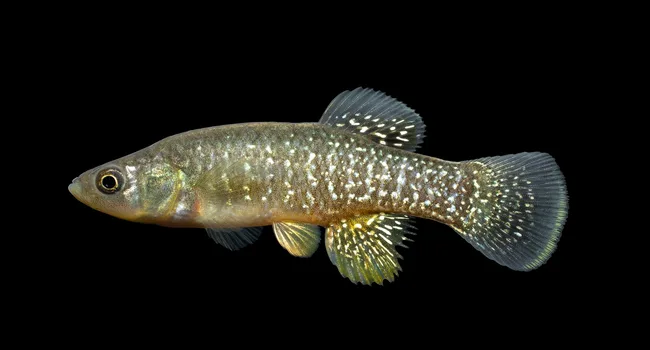
Photo Credit: NCfishes
NASA launched the Mummichog Fish into space in 1973. It was the first fish to be sent into space, marking a major milestone in exploration. The mission was designed to study the effects of space travel on aquatic living organisms. The results of the mission provided valuable insight into the effects on the physiology of animals. The Mummichog Fish was chosen for this mission due to its hardy nature, being able to withstand extreme temperatures, radiation, and a lack of oxygen. The experiment was a success, proving that other animals could potentially survive a journey into outer world.
9- Tortoises
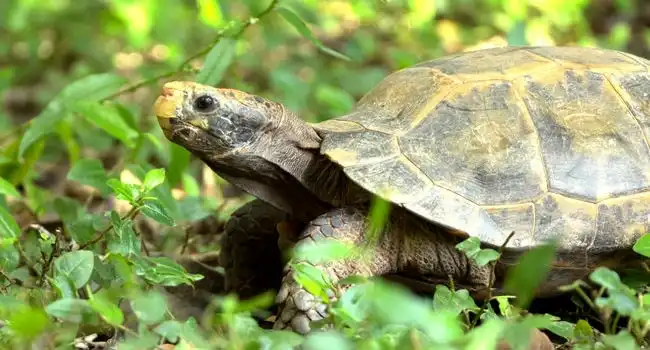
Tortoises have been sent to explore the unknown. These hardy creatures are capable of surviving long periods of time without food or water, making them ideal subjects for space travel. In 1968, a pair of Russian tortoises were launched into space aboard the Zond-5 spacecraft. The tortoises remained in orbit for two weeks, before returning to Earth safely. The tortoises on Zond-5 have managed to survive the extreme conditions and have provided invaluable insights into the effects of space travel on living creatures.
8- Tardigrades
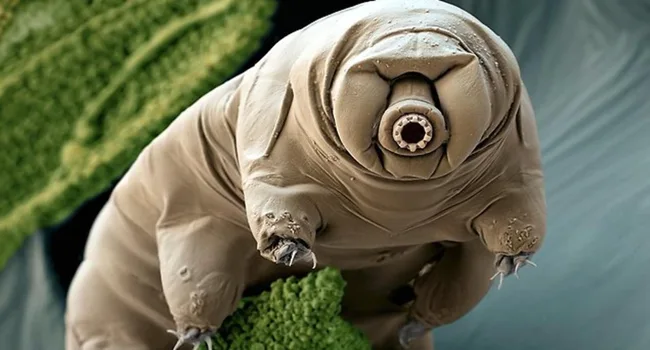
Photo Credit: Kids News
Tardigrades, microscopic creatures known for their ability to survive extreme environments, have been sent into space. In 2007, scientists launched them on a satellite, exposing them to the vacuum of outer space. The tough tardigrades were able to withstand the harsh conditions and were later returned to Earth alive. They had survived the extreme temperatures and radiation. After 10 days, most of the animals survived. These resilient creatures demonstrated their ability to adapt to harsh environments, inspiring further research into the potential of space exploration.
7- Dogs

Photo Credit: New Yorker
The first animal to travel into space was a dog named Laika. She was a Soviet space dog who became one of the first animals in space on November 3, 1957. Laika was a stray dog from the streets of Moscow and was launched into orbit on board the Soviet spacecraft Sputnik 2. As the first animal to orbit the Earth, Laika paved the way for other creatures to venture into the outer world. Unfortunately, Laika did not survive the mission due to a malfunction in the spacecraft’s life support system.
6- Apes

Ham, an ape, became the first animal to travel into space. His journey began when he was launched aboard a Mercury-Redstone rocket on January 31, 1961. Ham successfully completed the sub-orbital flight, reaching a peak altitude of 157 miles before safely parachuting back to Earth. During the mission, Ham proved his intelligence by performing several tasks in response to signals sent from the ground. He demonstrated his skills by pressing levers in response to a flashing light and the sound of a buzzer. Ham’s successful mission proved that animals could survive a trip into space and paved the way for future exploration.
5- Flies

Photo Credit: How Stuff Works
Fruit flies became the first animals to venture into space when the U.S. launched a V-2 rocket carrying them in 1947. This experiment investigated the effects of radiation exposure on insects. The rocket flew for about 10 minutes, reaching an altitude of 68 miles before returning to Earth. The fruit flies survived the trip, making them the first living creatures to experience space travel. To this day, scientists use fruit flies as models for studying the effects on living organisms.
4- Mice

Photo Credit: Smithsonianmag
On August 31, 1950, a pioneering event took place: Albert 1, a mouse, was sent into space. This remarkable feat marked the beginning of the Space Age and a new era of exploration. Albert 1 was launched from the White Sands Missile Range in New Mexico, at the direction of the U.S. Air Force. He rode a V-2 rocket, which had been repurposed from a German World War II weapon. The launch was successful, and Albert 1 reached a height of 68 miles, becoming one of the first animal to enter space. The purpose of the mission was to determine if living creatures could survive the rigors of space travel. Although Albert 1 died on descent, the experiment was a great success.
3- Spiders
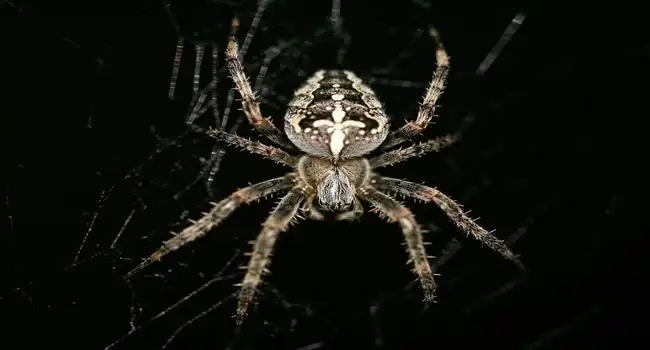
Photo Credit: Scitechdaily
In 1973, the U.S. sent two golden orb-weaver spiders into space as part of the Skylab 3 mission. The spiders were placed in special cages and observed to see how they would cope with weightlessness. The spiders were able to construct webs and move around their cages, showing that spiders could function in space. Since then, spiders have been part of many space missions. In 2008, a species of spider called labyrinth orbweaver was sent into space to see how it would cope with the conditions. The spiders adapted well to the environment and were able to build webs and catch food.
2- Bees
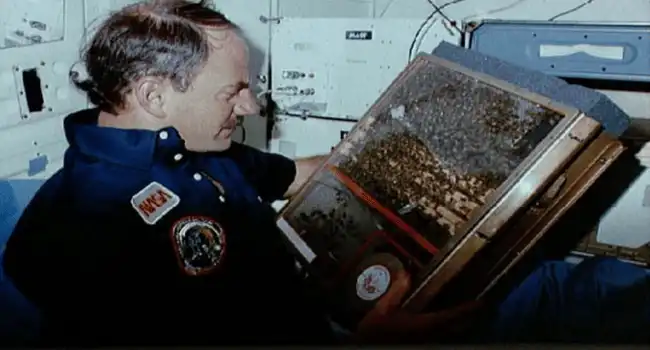
In 1982, an experiment was conducted to see if Honeybees could survive a trip to unknown. The scientists observed that honeybees had much difficulty flying in zero gravity. They conjectured this might have been due to disorientation or inadequate nutrition. On the first day, the bees attempted to fly, but instead crashed against the walls. But, by the end of the mission, they had completely adapted to the microgravity and were able to build a honeycomb and the queen laid 30 eggs. Unfortunately, none of them hatched.
1- Frogs

In 1970, NASA launched the Orbiting Frog Olotith spacecraft, containing two bullfrogs, to investigate the effect of space travel on motion sickness. Electrodes were implanted into the frogs’ thoraxes and the vestibular system within their ears to record data on the effects of sustained weightlessness. After 6 days, the study found that the frogs had acclimatised and their vestibular system had returned to normal, demonstrating one great leap for mankind since 1959. The word ‘olotith’ refers to the frogs’ inner-ear balance mechanism.


